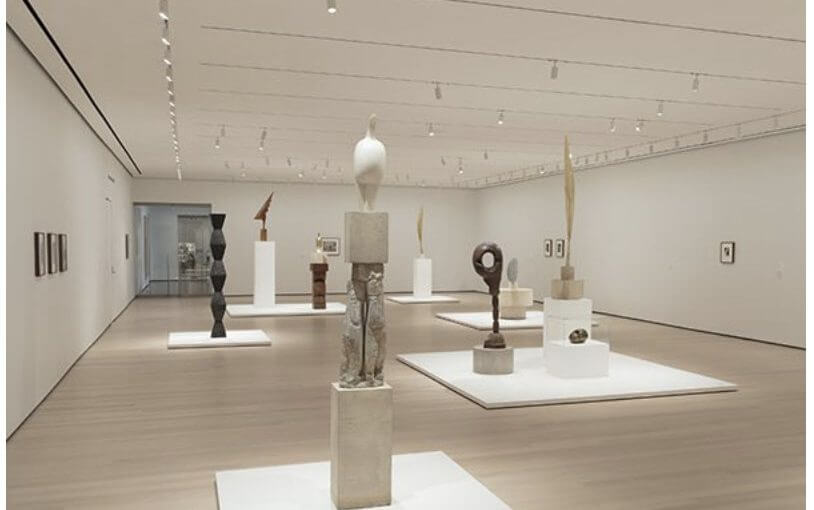Through February 2019 at the MoMA
Interview by Emilia Dubicki, WTP Art Correspondent
On exhibit now through February 18, 2019, at the Museum of Modern Art, New York, are eleven quite monumental sculptures by Constantin Brancusi. Born in rural Romania in 1876, Brancusi learned carving as a youth, and throughout his life worked in wood, bronze, and stone. His sculptures looked like no others of his time, evoking his subjects rather than representing them realistically, primarily of people and animals. Carving marble, limestone, and wood, he created pedestals for his sculptures and the pedestals became part of the works. More than just supports, they elevated the work to integral heights.
These sculptures currently are being shown together for the first time, along with some of the artist’s drawings, photographs, and films. A selection of archival material also gives us a window into Brancusi’s relationships with his work, friends, sitters, and patrons. The exhibition has been organized by Paulina Pobocha, Associate Curator at MoMA, with Mia Matthias, Curatorial Fellow, Department of Painting and Sculpture. I was fortunate enough to be able to ask Pobocha a few questions regarding this exhibit:
Dubicki: Constantin Brancusi Sculpture is elegantly installed in one open gallery space, which allows for connections to be made among the works. There is room to gaze across the gallery and see the interplay between the sculptures. There is also ample space to take in individual sculptures in the round. How did the idea of putting this work together in one gallery come about?
Pobocha: The gallery presented a perfect opportunity to showcase the Museum’s rich collection of works in an environment that enabled both close looking and contextualization of the sculptures with Brancusi’s work in other mediums.
Dubicki: Are these all of the Brancusi sculptures MoMA has in its collection?
Pobocha: All of the work in the show is in the collection of The Museum of Modern Art, with the exception of the films; they are a loan from Musée national d’art moderne, Centre Pompidou, Paris, and The First Cry, which belongs to a private collection.
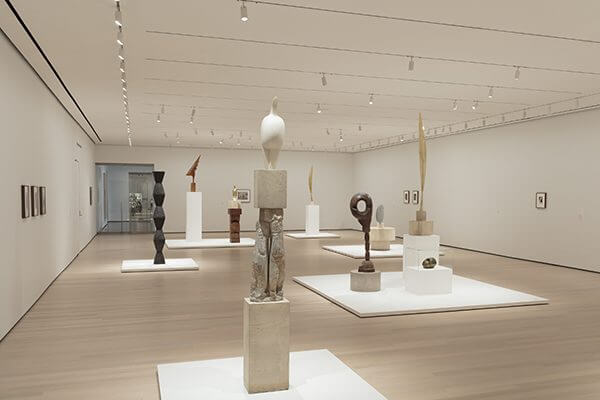
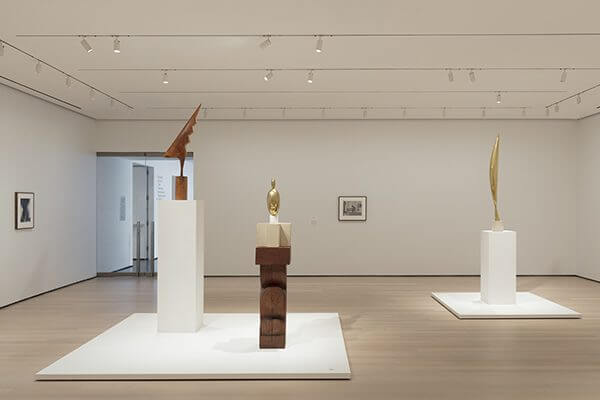
Dubicki: Brancusi’s work was first shown in the United States in the 1913 Armory Show. What is the time span of the work in this show?
Pobocha: The earliest work in the show is “Maiastra,” 1910–1912, which includes an earlier sculpture called “Double Caryatid,” completed in 1908, the latest work in the show is “Bird in Space,” c. 1941.
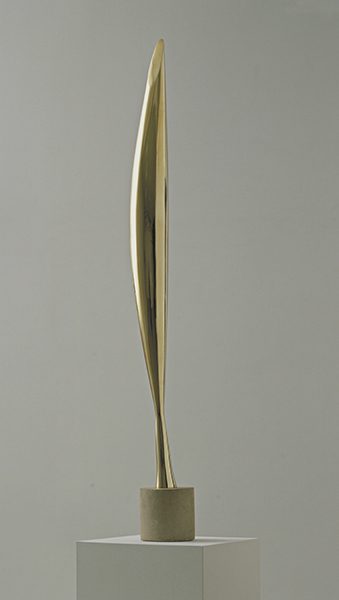
Dubicki: Brancusi was an avant garde artist who loved and embraced many things: film, photography, sculpture, the natural world, the human form, music; and it all flows seamlessly from one to the other in his work, so that his oeuvre is like one big art piece. Do you have any individual favorites among the collection?
Pobocha: It is impossible for me to pick a favorite. Each work behaves so differently, that depending on the day and what else is happening in the world, I am sometimes drawn to one work and then another.
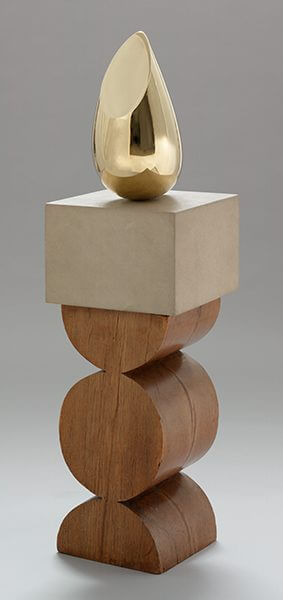
Dubicki: The marble “Fish” sculpture is on a limestone base, and in a film, we see Brancusi, who was introduced to film by Man Ray, in his studio spinning the base to see the work from all sides. The museum viewer sees the artwork and the artist in the black-and-white film, which is in itself an art work. To be able then to turn and see the actual “Fish” in color in MoMA’s gallery is a phenomenal experience, like being in a bit of a time warp.
Overall, there’s a lot of dramatic light and dark in Brancusi’s photos of his work in his studio. Did he work at getting this effect? Or was it more natural—he saw the light and shadows and knew it would make for an interesting photograph?
Pobocha: This depends on the photograph in question, sometimes he lit objects in his studio to dramatic effect, other times he captured the natural play of light on the surface of his sculpture.
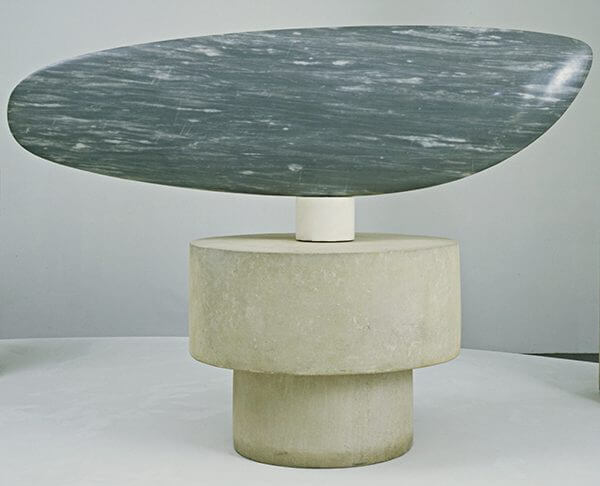
Dubicki: Brancusi had a record collection that ranged from Ethel Waters, to Pierre Boulez, to Benny Goodman, and I like to think of him listening to all this music. He seems so timeless. If we could drop Brancusi into today’s culture, do you think he would feel at home and amazed at the technology at his disposal? He certainly chronicled himself at work. I wonder if he would use the computer, for example, for making art?
Pobocha: There is no way of knowing what would appeal to Brancusi if he were alive today. However, it is important to stress that despite the peasant persona he developed, he was fully a man of his time—and embraced the technologies that were available to him during his lifetime.
Dubicki: Had Brancusi, who died in 1957, been to MoMA?
Pobocha: In 1939 Brancusi attended the opening of Art of our Time at The Museum of Modern Art, New York. This exhibition included two works by Brancusi.
Dubicki: His spirit is certainly very present at MoMA today in the show you’ve organized.
Paulina Pobocha and Cara Manes, Associate Curator, Department of Painting and Sculpture, also organized the ongoing exhibit The Long Run, an extensive chronicle of artists’ evolution and experimentation in their studios. All of the art work is drawn from MoMA’s collection. Represented artists include Lee Bontecou, Louise Bourgeois, Melvin Edwards, Gego, Philip Guston, David Hammons, Joan Jonas, Ellsworth Kelly, Helen Levitt, Joan Mitchell, Georgia O’Keeffe, Frank Stella, and many others.
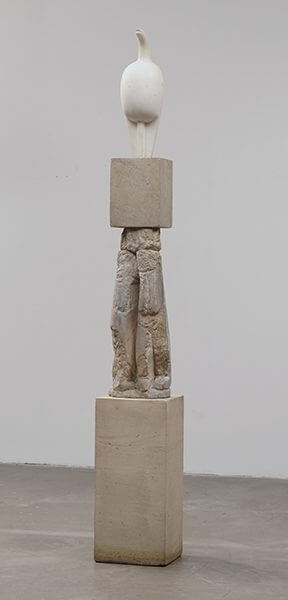
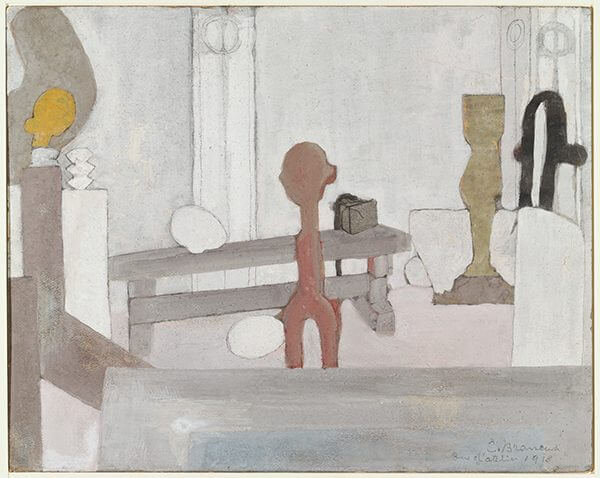
Copyright 2018 Woven Tale Press LLC. All Rights Reserved

